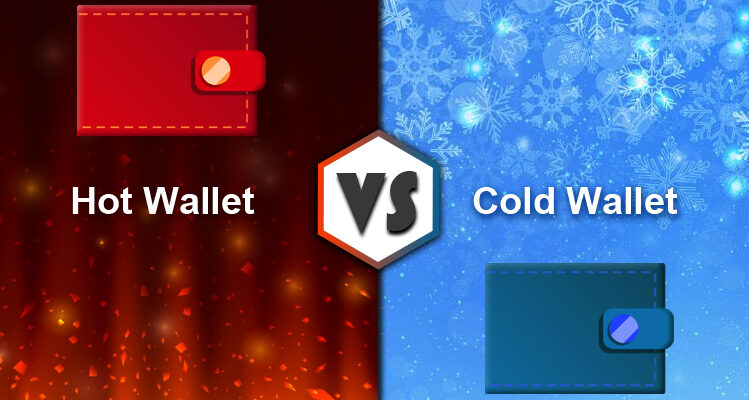The cryptocurrency market is booming and with it, the need for secure storage solutions. But how do you know which option is right for you? Hot or cold crypto storage? In this blog post, we’ll explore the differences between these two and discuss what type of storage could be best suited for your needs. Whether you’re a crypto enthusiast, investor or trader, understanding the differences will help you make an informed decision on which method is right for you. So, let’s dive in!
What is Hot Storage?

Source:canto.com
Hot storage refers to cryptocurrency that is stored online and is readily available for use. This can include exchanges, wallets, and other online services. It is less secure than cold storage, as it is connected to the internet and therefore susceptible to hacking. However, it is more convenient as it allows for easy access and transfer of funds.
What is Cold Storage?

Source:facebook.com
Cold storage is a process of storing cryptocurrencies offline in order to protect them from cyber attacks and other malicious activities. It typically involves the use of a hardware wallet, paper wallet, or even physical coins and tokens to store cryptocurrency. The purpose of it is to provide an extra layer of security for cryptocurrency holders by making it harder for attackers to gain access to the funds.
The Pros and Cons of Hot and Cold Storage
Both have their own advantages and disadvantages that you need to be aware of before making a decision on which one to use.
– Hot storage: The main advantage is that it is much easier and more convenient to use. You can access your coins at any time and from anywhere, which makes it ideal for trading or spending. However, there are also some downsides to using it. For example, it is much more vulnerable to physical damage (e.g., if your computer or phone gets stolen) and it can also be more susceptible to hacks if your devices are not properly secured.
– Cold storage: This is the opposite of hot storage in that it is designed for long-term holding of your cryptocurrencies. It is offline and typically takes the form of a hardware wallet, paper wallet or even just a plain old USB drive. The main benefit is that it is much more secure than hot storage since there is no way for hackers to access your coins as long as they remain offline. Even if your computer or hardware wallet were stolen, the thief would not be able to do anything with your coins unless they had the private keys (which should be well-protected).
Wrapping Up

Source: fireblocks.com
In conclusion, it is important to understand the difference between hot and cold crypto storage in order to secure your valuable digital assets. Hot wallets are great for day-to-day trading and making quick payments but should not be used for long-term storage. Cold wallets provide a higher level of security by keeping your private keys off of any connected device, thus protecting you from potential hacks and malicious attacks. Ultimately the decision on which type of wallet to use will depend upon how much security you need as well as how often you plan on using it.

